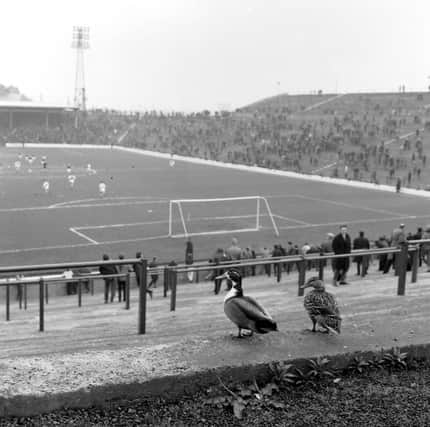When Hibernian was formed in 1875 the football club played its first games on the Meadows – where city rivals Hearts also started life.
In 1880 they moved to the Easter Road area, playing at a ground known as Hibernian Park where Bothwell Street is now, before an expired lease forced a move in 1892 to what would become HIbs’ permanent home on a piece of land known as Drum Park.
The first match at Easter Road was a friendly against Clyde played on February 4, 1893, and the club joined the Scottish Football League later that year.
The fact that the club did not own the ground meant the future of Easter Road was precarious in those initial years, when even a move to Aberdeen was considered, but this all changed in 1922 when a 25-year lease was agreed.
Two years later, three banks of terraces were added, while a main stand seating 4,480 people was also built.
Post-war success, including three league championships between 1948 and 1952 and an appearance in the first European Cup in 1955, was accompanied by further tweaks to increase the capacity of the ground as demand for tickets surged.
A record attendance of 65,860 watched the Edinburgh Derby against Hearts on January 2, 1950, and plans were even drawn up – though later abandoned – to increase the capacity to 100,000.
Floodlights were added in 1954 and a roof was put over the North Terrace in the early 1960s, but new safety regulations saw the number of fans able to gather on match day drop to 30,000.
When the Taylor Report in 1990 recommended that football stadiums should be all-seated in the wake of the Hillsborough disaster, Hibs looked at a number of options including sharing a new stadium with Hearts or moving to nearby Meadowbank.
Ultimately, Hibs were to stay put, and Easter Road underwent major redevelopment in 1995 with stands built behind each goal and seats added to the East Terrace during 1995.
The West Stand was built in 2001 to replace the old main stand, increasing the capacity to 17,500.
A new East Stand was added in August 2010, completing the current stadium and boosting capacity further to 20,421 – making today’s Easter Road the fifth largest football stadium in Scotland.
Here are 20 pictures to take you back to Easter Road in the 1950s and 1960s.
The first match at Easter Road was a friendly against Clyde played on February 4, 1893, and the club joined the Scottish Football League later that year.
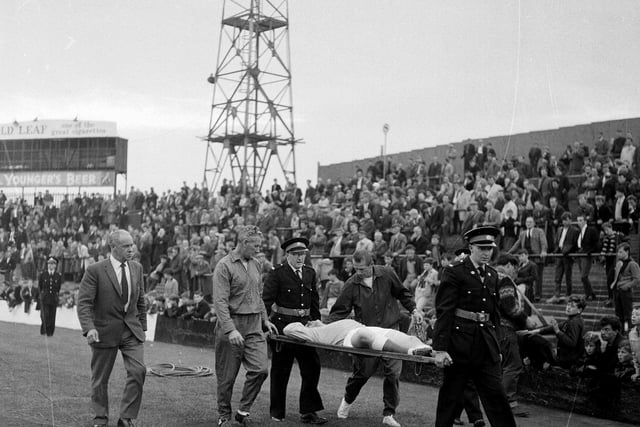
5. Stretchered off
Hibs goalkeeper Willie Wilson is pictured being stretchered off the pitch during a Hibernian v St Mirren game at Easter Road in August 1965. Photo: Unknown
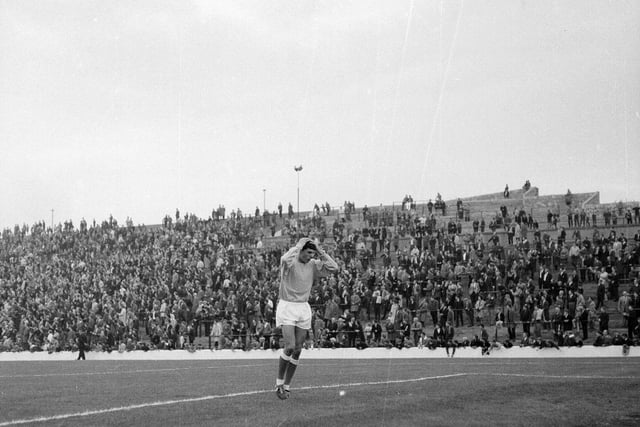
6. Stand in
Outfield player Peter Cormack was forced to deputise in goal for the stricken goalie. He's pictured here with the old terraces in the background. Photo: Unknown
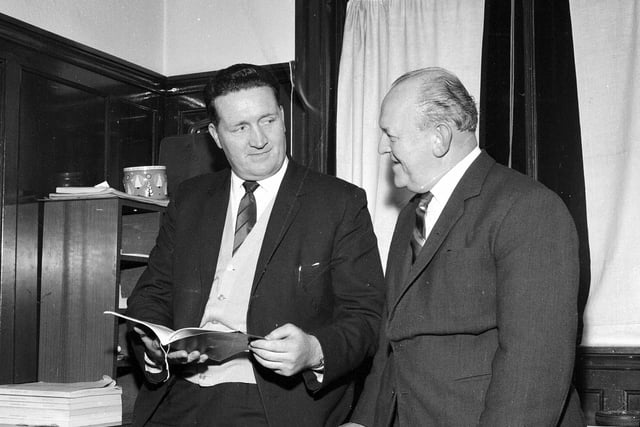
7. New gaffer
Jock Stein is pictured speaking with the Chairman of Hibs shortly after being appointed manager in March 1965. Photo: Unknown
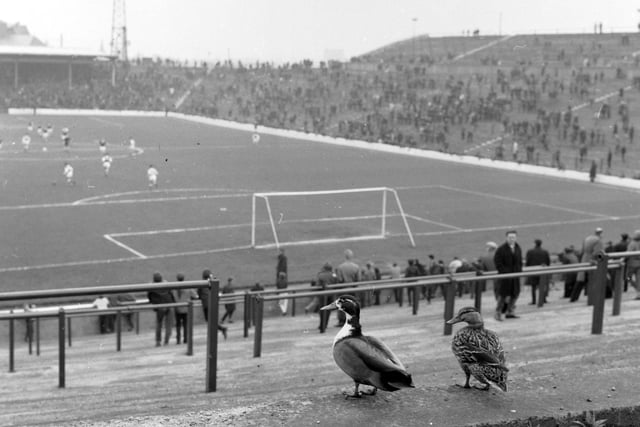
8. Feathered fans
Two ducks enjoy an Edinburgh Derby from the terraces at Easter Road in May 1966. Photo: Unknown
